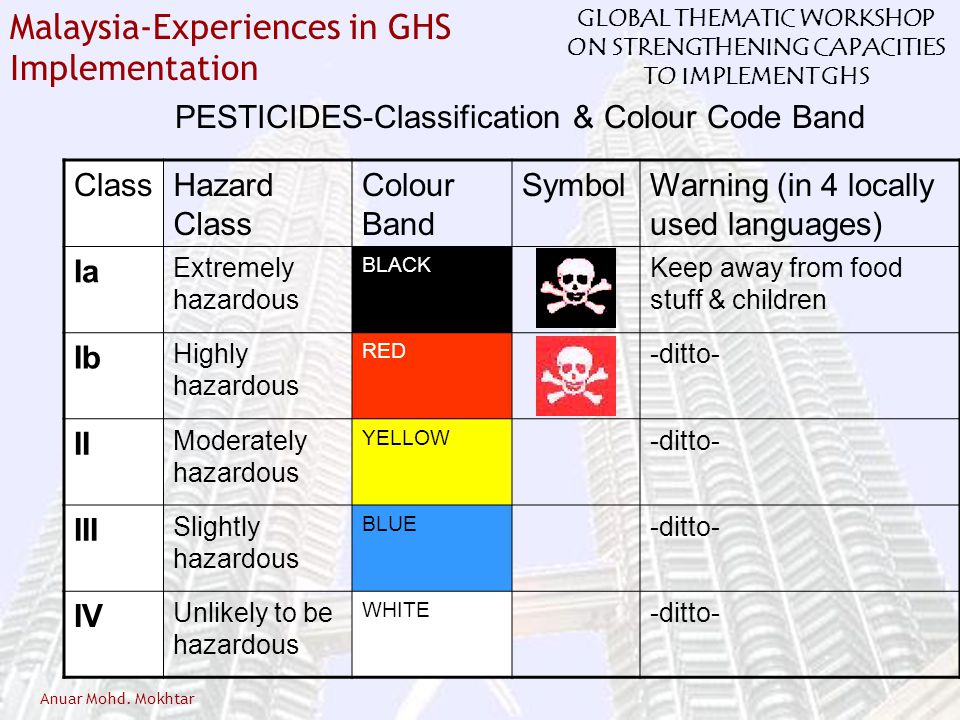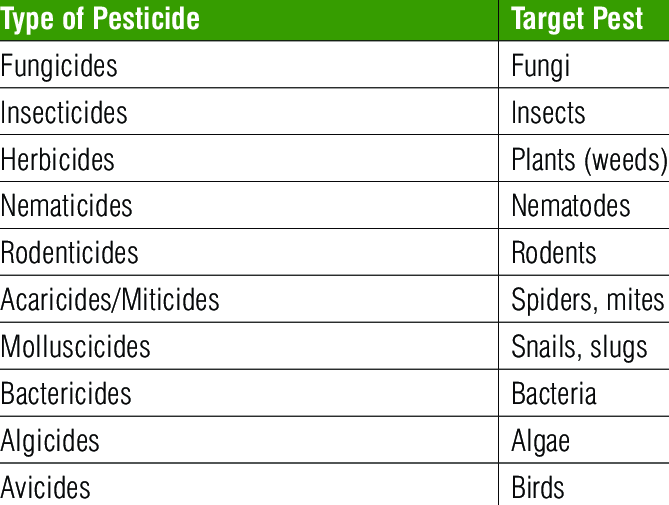In these weeks, we from class 2G group B were discussed the model that we need to present in week 13. The model must relate to agriculture and can use in nurseries.


All members group were discussed together about the project.
sketch of innovation project
Week 13
In this week, all students from part 2 need to present their final project to the lecturers. Our project for this semester is vertical planting.

vertical planting innovation
Project description
Vertical planting is a planting that grows upward using pvc pipe with additional planting access.
Anything grown on a pvc pipe or even fence is technically part of a vertical farming. This technique can be used to create more space between different areas.
More recently, vertical planting can also be used to grow herb and even vegetables.
procedure to create the project
1. cut mineral bottle 1.5litre into two parts (a) and (b) used knife (figure 1.0)
2. Make a hole on the cover used nail and the rope was inserted into the hole.
3. Make two small holes on the wall of bottle part a.
4. insert bottle part (a) into bottle(b).
5. repeated this steps for the next bottle.
6. make two small holes on pvc pipe for eight parts used the pvc cutter. Four parts at the top and four parts at the middle of the pvc pipe.
7. make 4 round holes at the bottom of the pvc pipe.
8. Tied all the bottles on each small hole at the pvc pipe used the wire.
9. make 8 small holes on the base of round container as water duct container.
10. attached the base of round container to the surface of pvc pipe used super glue.
11. inserted rafia ropes into each holes of water duct container and connected to each bottles.
12. put soil into pail into pvc pipe for the stability of tower planting
Vertical farming is becoming more attractive especially for urban residents. They are very useful in provide more plants for the plant's growing population, while reducing the pressure placed on traditional farms. Vertical farms would reduce the overuse of land and would allow for regular production. The technology of vertical farms is the best because of its efficiency. We hope to make vertical farms stack crops even higher, allowing for a greater production per farm. Hopefully they become common and popular for every city and hopefully we can be a part of that process and make a different in our farming.











































